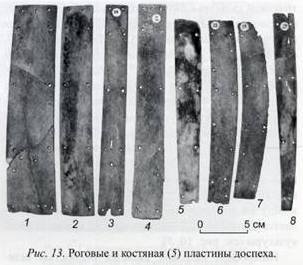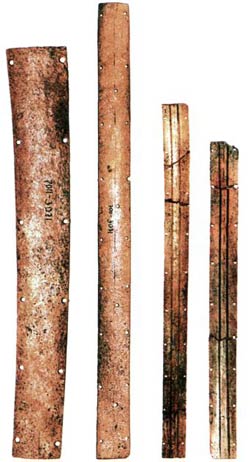Thanks Don, it's a Finno-Ugric treat I guess.
Usht-Ishim (related to me) is haplotype NO, thanks to Siberian spread it went into Finland/Balticum.
See:
https://www.ncbi.nlm.nih.gov/pubmed/17149388
The comb ware blended partly into corded ware:
"The spread of the Uralic speaking societies represented by Combed Ware Style 2 to Finland, Estonia and Latvia brought about a replacement of the regionally spoken Ancient European. This again appears to have left substrate ele- ments (both vocabulary and place names) in the replacing Uralic. Meanwhile, in the Volga-Oka region, Ljalovo was followed by the Eneolithic Volosovo culture around 3600 BC. The Volosovo, as all other earlier and contemporary (Sub-)Neolithic cultures of the region of interest, based its subsistence on hunting, fishing and gathering.
Around 3200 BC, however, the Corded Ware culture, carried by a demic movement (although there are alternative explanations), pushed from the south into the East Baltic and as far as the south and west of Finland. This culture had formed within a pastoral and agricultural context and linguistically, it is linked to Proto-Northwest-Indo-European. This would provide a plausible source for the Proto-Indo-European loanwords found in western Uralic (i.e. ancestor of Finnic). In spite of strong pressure, the western Uralic (north of the Daugava) persisted even though changes in the cultural identity occurred. The immigration of the Corded Ware Culture definitively divided Finland in two areas, eventually diverging both lingually and ethnically. While in the south and west, a Finnic line of development began, development in the east and north led towards Sámi. South of the Daugava, Indo-European replaced the original Ancient European language.
The Volosovo societies had contacts with steppe societies, who were probably speakers of Proto-Indo-European. On the other hand, between 2800 and 2600 BC Indo-European speakers came into close contact with Uralic/Finno-Ugric speakers in the Volga-Oka region, where the Fat’janovo culture (a variety within the extensive Corded Ware–Battle Axe entity), carried by a demic movement, pushed from the south-west and settled down in the midst of the local Volosovo societies. This repeated the situation experienced in Latvia, Esthonia and SW Finland after the Corded Ware expansion. Also in Central Russia the Uralic/Finno-Ugric persisted in spite of strong pressure. No doubt Fat’janovo provided a source for Indo-European loanwords, although this is difficult to verify because Slavicisation extinguished the local Uralic/Finno-Ugric langua- ges centuries ago. Moreover, the Fat’janovo expansion apparently broke the extensive east-west contact network indicated above. Later, before and after 2000 BC, waves of influence emanating from Indo-Aryan and Iranian steppe societies, represented by the Abaševo culture and varieties of the Timber Grave (esp. Pozdnjakovo) culture, transmitted additional lingual elements.
The combined influence of Fat’janovo, Abaševo and Pozdnjakovo on Voloso- vo resulted in the formation of a new Bronze Age cultural expression in the Volga-Oka region marked by Fabric Impressed Ware (often called “Net Ware” or “Textile Ware”). Soon a strong wave of influence, probably carried by a demic movement, brought this cultural expression to eastern Fennoscandia. At the same time, the Sejma-Turbino “cross-cultural network” distributed bronzes and, no doubt, also other cultural elements from East Russia as far as Estonia and Finland. This was a period of intensive cultural expansion which calmed down in the middle of the 2nd millennium BC. As a whole, during the Bronze
Age, the Volga-Oka region and the Mid-Volga zone in particular underwent strong Indo-European pressure. In spite of this, the Uralic languages survived there until the Middle Ages and some, such as Mari, are spoken by minorities still today.
In the west, again waves of influence emanating from the coasts of the southern Baltic Sea reached the Finnic region, first from the Baltic and then from the Germanic sphere."
http://www.helsinki.fi/venaja/nwrussia/eng/Conference/pdf/Carpelan.pdf
In this mobile Corded Ware (Indo-European) waves from NW Russia/ Baltcum it has had influence on the North Germanic/ Low Lands area. And also left it's genetical traces.
I call it traces because, like haplotype N, it's not common in NW Europe. But in my aDNA there is a very clear relationship with Usht-Ishim (6cM), and the admixtures point slightly to Finland (FTDNA 3% and DNA Land 5%).
And in in NW Europe also in the physical appearance (phenotype) it's likewise, it's not very obvious but some people have clear traces of the Finno-Ugric or 'East-Baltic' phenotype....









